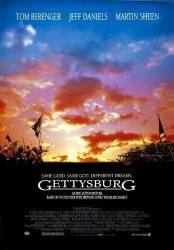
Revealing mistake: In one of Pickett's charge scene the bayonets are obviously rubber.
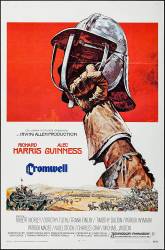
Factual error: In the scene where the king attempts to seize the five members from Parliament, Cromwell makes a dramatic refusal to leave and proposes various "Laws" to prevent his arrest. Cromwell was not one of the five members whom the King tried to arrest and no law can come into force until it had been signed by the reigning Monarch anyway.
Suggested correction: It's more of a threat than a declaration.
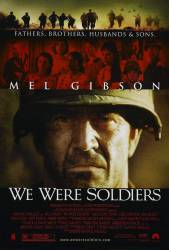
Factual error: As the 1st Battalion, 7th Cavalry lifts off from LZ X-Ray at the end of the battle, it can be seen that there are no more American troops left at the battlefield. However, by the time 1/7 CAV left LZ X-Ray, it had been relieved by two full battalions (2/7 CAV and 1/5 CAV). There were around 700 American soldiers occupying LZ X-Ray by the time 1/7 CAV lifted off.
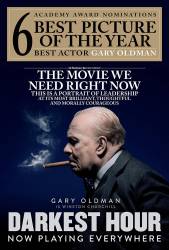
Factual error: When flying to France to have talks with the French premier a C47/Dakota is shown in the background intimating that it was the plane he came in. The C47 did not enter service with the RAF until after this period of the film with Lend Lease.
Suggested correction: The aircraft could just as easily be the civilian version, the DC-3 which first flew in 1935, and was pressed into RAF service and repainted.
The RAF did not requisition civilian DC3s or DC2s. It is well recorded that Churchill flew to France in May 1940 in a de Havilland DH.95 Flamingo. Only 16 were built - de Havilland cancelling DH.95 production to make more Tiger Moths desperately needed for pilot training. The DH.95's were cannibalised for spares, the last scrapped in 1953, so the film production company may be excused for their C-47 use. Though a Lockheed Lodestar may have been a closer simile.
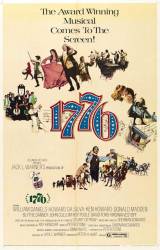
Factual error: The Liberty Bell is depicted ringing as the Declaration of Independence is being signed on July 4 (a mistake itself) in the film. The bell actually did not ring on that date, but on July 8, when the Declaration had been returned from the printer and unveiled to the public.
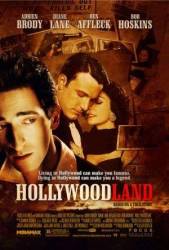
Factual error: Louis Simo gives his son an Etch-A-Sketch while taking him to school, and later when Louis stops by to see his son at his ex-wife's house, his son is playing with the Etch-A-Sketch in his bedroom. Both incidents take place in the summer of 1959. George Reeves died June 16, 1959, hence the investigation. The first Etch-A-Sketch toys were produced on July 12, 1960 and Ohio Art launched the toy in the United States in time for the 1960 holiday season.

Factual error: At one point in the movie, some characters are gathered in the break room that has bags of chips. One of these chip bags is a Doritos bag which has the modern logo. This logo was not implemented until 2013.
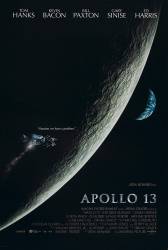
Factual error: When Lovell's daughter is complaining that the Beatles have broken up, she slams the album Let It Be into her rack. The scene takes place on the day of the initial explosion aboard Apollo 13, April 13 1970 - immediately prior to the Lovell family attending the screening of a television broadcast from the spacecraft. Let It Be was not released as an album until May 9th, 1970. In April Ringo was still recording drum tracks, not even possible for an advance copy to get out.
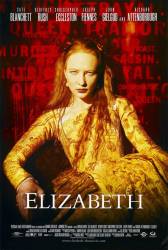
Factual error: Sir Francis Walsingham was only a year older than Elizabeth.
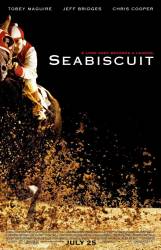
Factual error: In the shot of the infield at the Saratoga racetrack several Canada geese are shown landing. However, the calls inserted on the soundtrack are the quacks of mallard ducks not the honks of Canada geese.
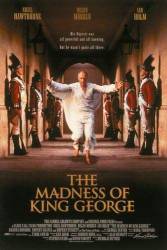
Factual error: In the opening shot of the film, a big oak door opens - carved in it is the date 1862 - 42 years after George III died.

Factual error: There is a theater showing 'La Dolce Vita.' That movie came out in 1960, but this film takes place in 1957 or 58 (since there is a reference to new 1958 model car).

Factual error: Mel Gibson sits around the campfire at the railway camp with the lads, reading newspaper reports of the April 25, 1915 landing at Gallipoli. The 3rd Light Horse Brigade (including the 10th Light Horse Regiment from Western Australia) landed at Gallipoli on 20 May 1915. This would have given him less than 3 weeks to enlist, train, travel to Egypt by ship and land on the Peninsula. A bit of a stretch. In reality, the 10 Light Horse regiment was raised in October 1914, with the 1st-3rd reinforcements departing Fremantle February 19-22, 1915.
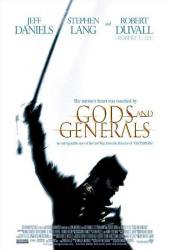
Visible crew/equipment: In the scene near the beginning of the film, when the 2 brothers are fixing to leave to join the army. After the mother gives them the flag, the shot changes to the 2 brothers. You can see the boom mic and the camera in the reflection of their shiny brass buckles.
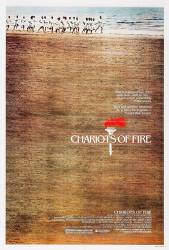
Factual error: Another flag gaffe: The Canadian flag in the 1920s was either the red ensign or the Union Jack. The Maple Leaf only became the national flag in 1965.
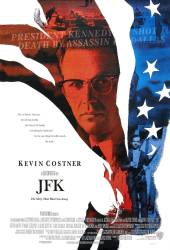
Factual error: In the scene where there is a train passing, the cars are marked "Burlington Northern." There was NO Burlington Northern until 1970, 7 years AFTER the shooting.
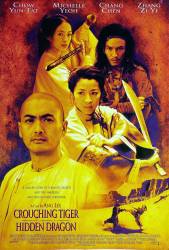
Revealing mistake: Just after Li Mu Bai tells Shu Lien that they are very close to her headquarters and that she should check in, we are treated to two 'time pass' shots of forest. The second of these features some very obvious power or telephone lines in the lower right corner of the screen. (01:22:40)

Factual error: The Forum shown in the film is smaller than in real life. Also, Cleopatra is shown passing through the Arch of Constantine, a monument that was built centuries after her death.
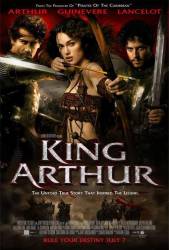
Factual error: I normally wouldn't bother with this sort of nitpicking, but this film specifically claims to be historically researched - and it's full of historical blunders. For a start, the film is set as the Empire withdraws its last troops from Britain - which was in 407 AD. Now Artorius Castus was a real Roman officer who really did command Sarmatian foederati at Hadrian's Wall, but he died around 200 AD. Cerdic was a real Saxon warlord who did go raiding the Britons with his son Cynric, but he did this in the early 500s. Pelagius really was tried for heresy, but he was acquitted and died of old age; the trial was a decade after this setting, and in the fifth century you couldn't be executed for heresy anyway. Also in the fifth century the Pope had no authority over Imperial troops. I could go on and on but that will do for now.
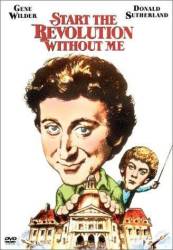
Other mistake: About 3/4 of the way through the film a boat arrives at the left quay of the Seine. Looking west down the river with Notre Dame on the right of the scene you can see a tour bus cross the bridge.